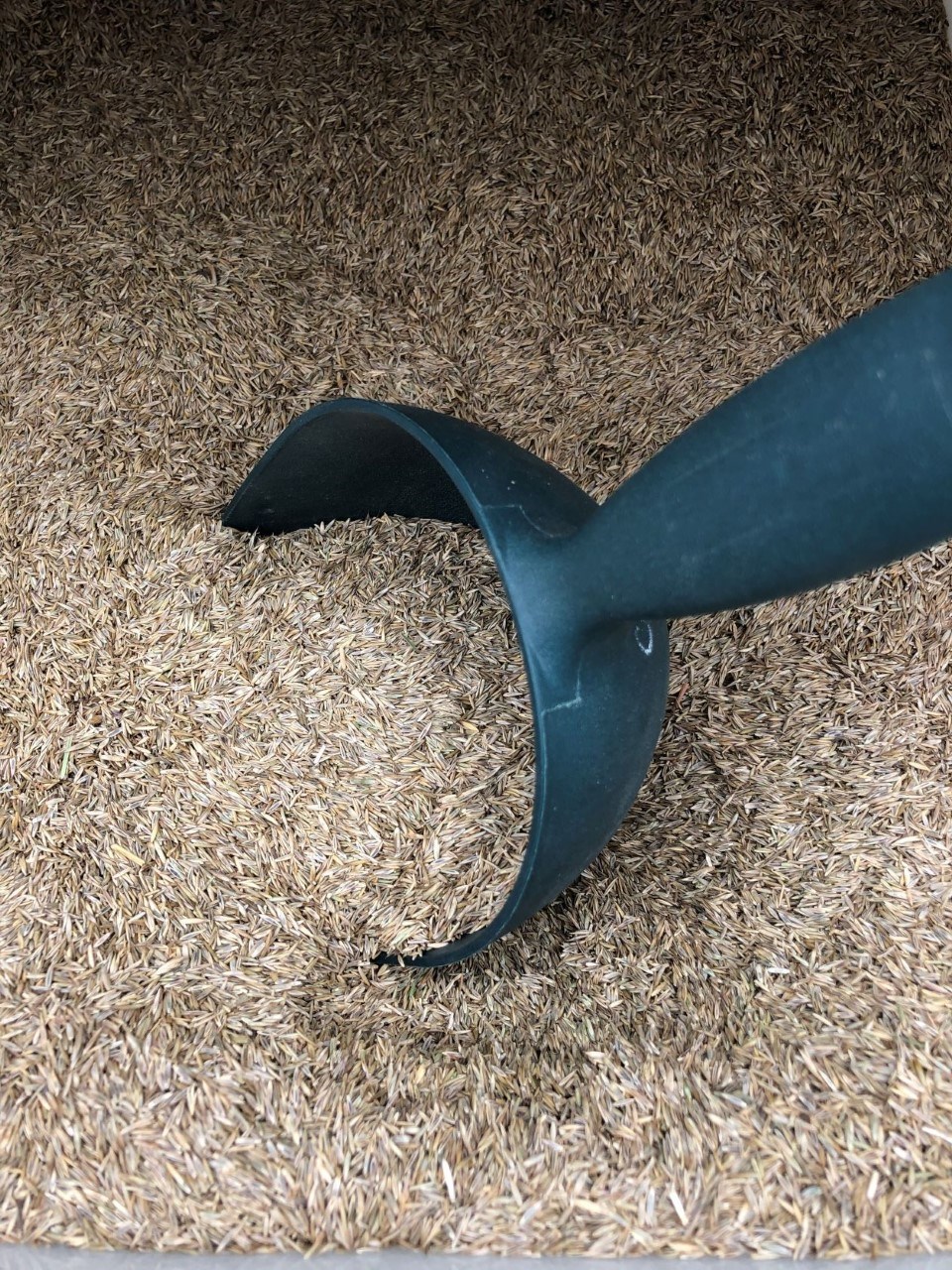Based on all the questions I have been asked over the past few weeks, it is clear there is some confusion over the various lawn care steps that need to be taken each year.
The first step is moss control. Moss thrives in areas of shade, acidic soil, poor drainage and low fertility.
You can't usually do much about the shade, but lime, while not eliminating the moss, will correct acidic soil by raising the pH level and allowing grasses to pick up more existing nutrients in the soil.
The easy-to-apply 'Dolopril' lime contains magnesium and releases quickly to get the pH level up in wet spring weather.
A 10 kg bag covers about 2,000 square feet (200 square metres).
Poor drainage is the primary reason moss thrives and is best handled by proper aeration, which means using either a hand or machine aerator to remove plugs of soil.
Follow aeration with an application of a quarter-inch layer of washed sand.
This is the most important thing you can do to improve drainage and to allow oxygen into the soil and around your grass roots.
Moss also prefers soils that are low in nutrients. An application of a slow-release, high-nitrogen fertilizer will give lawn grasses a jump start and help discourage moss.
Once applied, be sure to water it in or apply just before a rainfall.
Follow this up in 10 to 12 weeks with another application to maintain the green.
The Environmental Protection Agency in the U.S. endorses timed-release fertilizers because the nitrates are kept in the roots of the turf. Slow-release nitrogen fertilizers will not usually burn, but it is always best to water them in just in case.
To burn moss, you can use either liquid or granular moss controls. The secret of success is to apply these products when the temperature is above 12°C, and you’re likely to have two dry days after application.
Check the bag: the higher the percentage of iron sulphate (the range can be 6-18 percent) the better the results.
Thatch is also a problem in older lawns that have been mowed continually in one direction or have been left to grow too long. Turf experts are often against dethatching for fear of harming the grass roots, but in most cases, start fresh with proper mowing. The trick is to mow low and in a different direction each time to allow the grass to stand up and not lay over.
Weeds are the next most pressing problem. You can stay 100 per cent organic by pulling out most weeds with either a long or short-handled weed puller, or you can spot treat your lawn with new liquid organic weed control products.
Organic weed controls need heat to be effective. So, a minimum temperature of 15°C is best, with two dry days following — good luck with that! The weeds need to be actively growing when treated.
Over-seeding is another important lawn care issue.
The preferred lawn grass mix is a blend of perennial rye grasses that not only look great but also wear well and are more drought tolerant. To have success, you must scratch up the bare spots with a hand rake, apply a blended layer of sand and peat, then scatter some seed.
Rake the seed in and keep the area moist for 10 to 14 days. You must babysit the new seed until it’s up and growing. Today there are lots of alternatives, including the new micro clover, a derivative of ‘White Dutch’ clover, that grows like other grasses, is drought tolerant, attracts pollinators, such as bees, but still needs to be mowed.
In coastal areas, keep your lawn grasses short for the best-looking lawn and mow in a different direction each time.
A great lawn can give you a sense of pride and is a tremendous asset to the rest of your landscape and the environment. It’s also important to remember that an average size lawn provides enough oxygen to keep a family of eight alive.
Lawns also sequester carbon and act as a collector for many pollutants.





